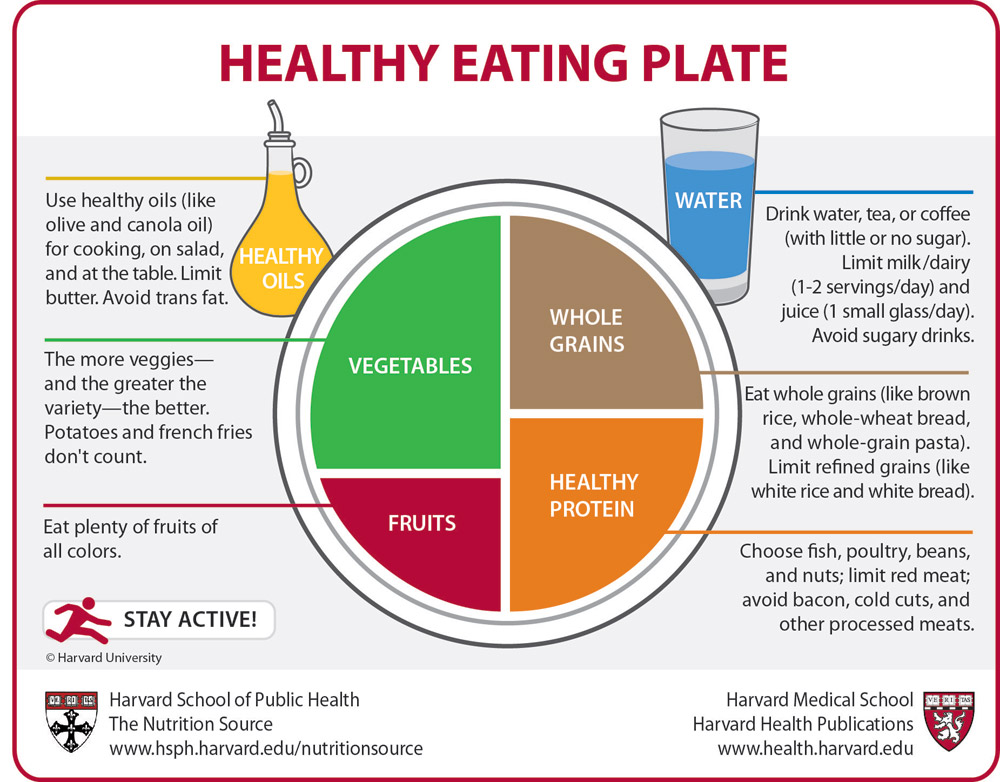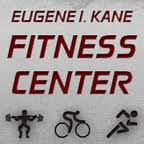Healthy Lifestyles
Healthy Eating: Freshman 15, fact or fiction
We have all heard stories and maybe even had personal experience with gaining weight during the first year of college. It may be 5 pounds or 40 pounds but it does not HAVE to happen. The major contributors to weight gain during college are:- making bad choices in the cafeteria
- portion control
- alcohol consumption
- late night snacking on unhealthy foods and keeping snacks such as cookies, candy and other empty calorie snack foods in your room
|
One slice of cheese pizza = 300 calories |
Can of soda = 150 calories |
12 oz. Mocha Frappuccino = |
So, it is easy to quickly take in many unusable calories and start to tip the scales. All of these factors are things that you do have control over.
Can I eat a healthy diet in the cafeteria?
The cafeteria can be your downfall if you make the wrong choices. Instead of heading towards the fries and desserts, look at steamed vegetables, the salad bar, lean meats and proteins and complex carbohydrates. Avoid sauces on meats, rice or pasta. Go to the salad bar and load up on vegetables and healthy foods such as beans that are great sources of protein. Another thing that you need to be careful of is portion control. Yes, this can be "all you can eat" in the cafeteria but realize that does not mean you need to eat all that you can. Know that what foods you choose and the amounts that you eat are your DECISION.
Skipping meals, good or bad?
Everyone may periodically skip a meal either because of a busy schedule or trying to "lose weight". This is not a problem. What we do know is that it is not good to regularly skip meals or do what is typical of many college students: skip breakfast, eat a minimal amount at lunch and then eat the bulk of calories late in the day. This has been shown to have negative effects on your metabolism. With the large swings in blood sugar, low when you are fasting and spikes after eating, this can cause a delayed insulin response in your body. Doing this regularly, may predispose people to diabetes ("Metabolism", 2007) and can also contribute to weight gain. Calorie loading late in the day does not give you time to burn up what you have taken in. The other issue is that when you are fasting, you are likely to over eat when you sit down for a meal or may crave foods, such as simple carbohydrates (cookies, candy) that are not good for you.
If you have a busy schedule and find it hard to find times for breakfast or lunch, keep healthy and easy to carry snacks in your room. It is easy to have a yogurt and piece of fruit before you head to your first class in the morning. Carry a protein bar, small serving of almonds or string cheese in your back pack to have available to snack on between meals.
What is a "healthy diet"?
A healthy and balanced diet should include at least 3-4 servings of vegetables (preferably fresh or frozen as canned vegetables may have higher amounts of salt), 2-3 servings of fruit, 2-3 servings of lean protein (lean meat or fish, tofu, nuts, low fat cheese, yogurt, low fat peanut butter), 3-4 servings of whole grain carbohydrates (whole grain cereals, brown rice, whole wheat bread), one source of dietary fat at each meal (olive oil, butter) on a daily basis. It is recommended to have a serving of legumes such as beans or lentils a few times per week. If you are a vegetarian, the frequency of including legumes would be higher as these are your primary source of protein.
A good way to visualize a healthy diet is the "healthy plate" concept that has been promoted by Harvard University School of Medicine.

Exercise
There is something that all of us can do which can help us live longer healthier lives, reduce stress, improve body image and mood. It is readily available in all shapes and sizes and that one thing is exercise. Studies have shown that as little as 20 minutes of exercise each day can help decrease the risk of obesity, diabetes and improve heart health. The release of endorphins during exercise improves our mood and sense of well-being. The best time to start an exercise program is RIGHT NOW! Each one of us needs to establish a daily exercise routine that we can incorporate into our life styles. You may be more motivated in group activities such as Zumba or Pilates classes, or pick-up games of basketball. Some people prefer individual activities. Whatever your preference is, just "Do It" and get started.
 A good resource on campus is the Eugene Kane Student Fitness Center.
A good resource on campus is the Eugene Kane Student Fitness Center.
Please see http://kanecenter.cua.edu/ for group classes, information on fitness activities, facilities and personal training. WebMD provides Additional information regarding the benefits of exercise.
What is a BMI? When should I check my cholesterol?
BMI stands for "body mass index" and is used as a measurement for body fat. This is a measurement which correlates your weight to your height. It is not your percentage of body fat. In recent years it has been used as a tool to help identify populations at higher risk for obesity related disease such as diabetes, high blood pressure and heart disease. Another measurement that has been used for this is the waist circumference. The National Institute of Health provides more information about these tools at this website.
The current recommendation is that all adults at age 20 and above should have a fasting lipid profile done. This will include a total cholesterol, LDL (bad cholesterol), HDL (good cholesterol) and triglyceride. How frequently this is repeated is dependent on various risk factors such as family history and if you have had elevated cholesterol levels in the past. Additional information can be found at the American Heart Association's website.
Personal Safety
Driving Safety
The leading cause of death in the 16-20 year old age group is traffic fatalities. The statistics regarding this are frightening.
In a 2008 report to Congress, the NHTSA reported that in 2006, there were 3,490 fatalities of 16-20 year old drivers and more than 250,000 injuries due to motor vehicle crashes. This accounted for over 12% of all driver fatalities for that year with only 6% of the total licensed driver population being between the ages of 16-20. The contributing factors are inexperience, alcohol use, distracted driving and decreased use of seat belts.
A few simple things to keep in mind:
- Seat belts save lives, period.
- Talking or texting while driving = distracted driving.
- Do not drink and drive (or ride).
Victimization
The Department of Public Safety website has a number of personal safety tips for students. While a crime is never the victim's fault, there are some steps we can all take to reduce our of risk of becoming a victim. DPS shares three basic rules for personal safety:
- Stay alert and be aware of your surroundings.
- Give the impression that you are calm, confident and know where you are going.
- Trust your instincts. If it doesn't look or feel right, it might not be.
Visit DPS' website for more tips. If you have been a victim of a crime please call the Department of Public Safety at 202-319-511. If you are off campus, call 911.



